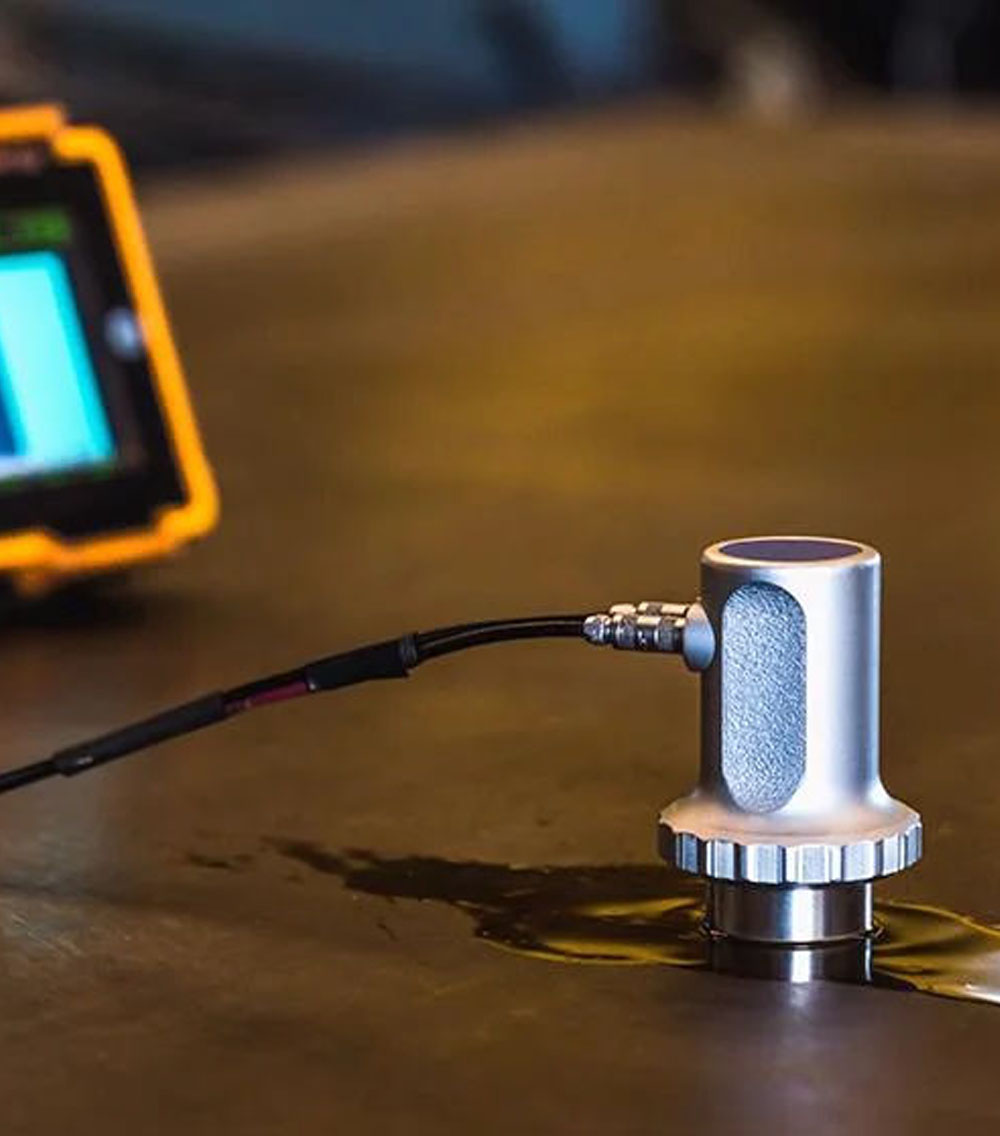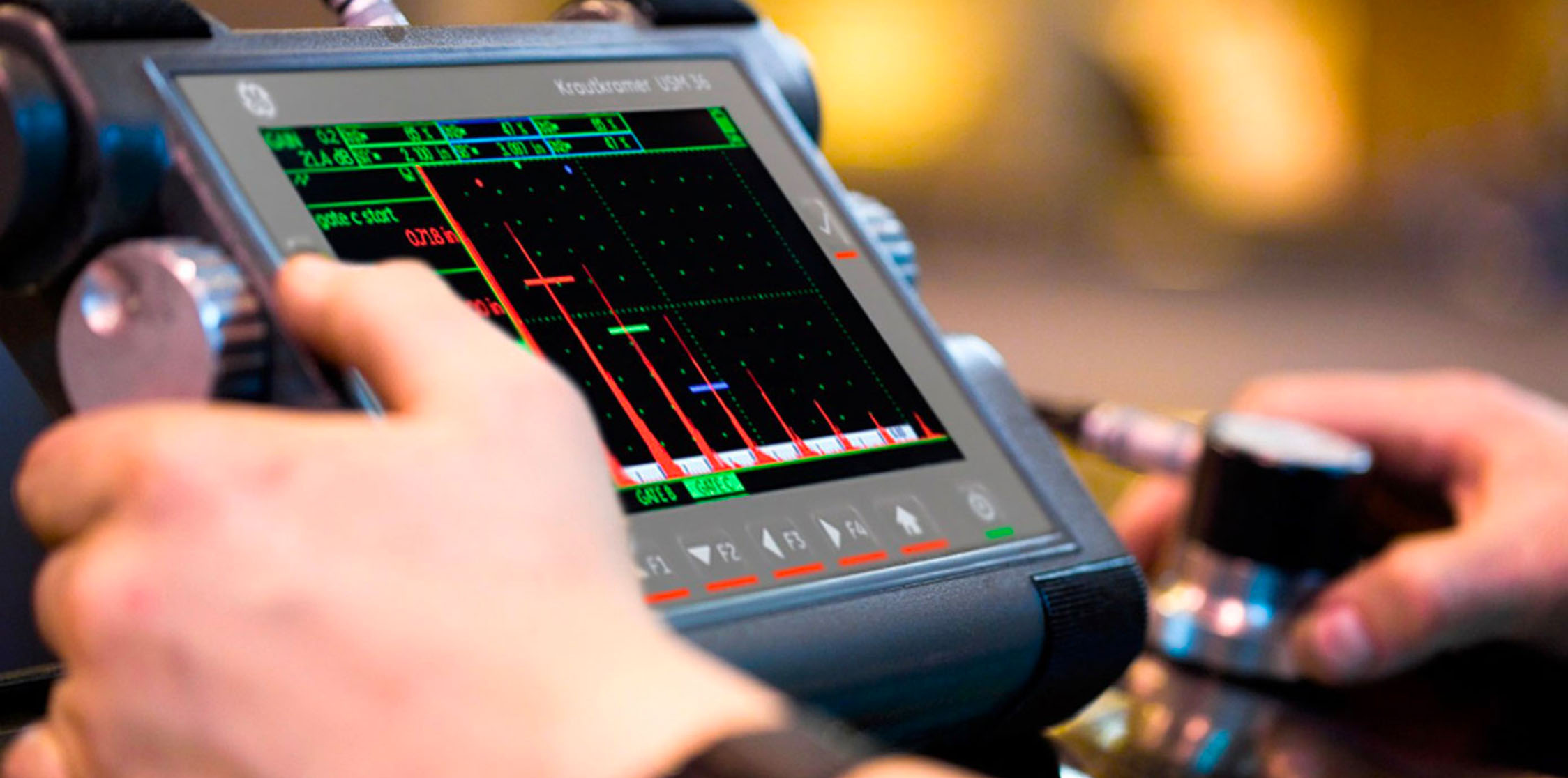Non-Destructive Testing
In contrast to NDT, other tests are destructive in nature and are therefore done on a limited number of samples (“lot sampling”), rather than on the materials, components or assemblies actually being put into service.
These destructive tests are often used to determine the physical properties of materials such as impact resistance, ductility, yield and ultimate tensile strength, fracture toughness and fatigue strength, but discontinuities and differences in material characteristics are more effectively found by NDT.

The most obvious of which is that the pieces being tested are left undamaged by the process, allowing for an item to be repaired rather than replaced should any problems be found.
It is also a very safe testing method for operators, with most techniques being harmless to humans, although some types of test – such as radiographic testing – still need to be conducted under strict conditions. This testing technique can also help prevent injury or fatalities by ensuring structures, components and machinery is safe.
Non-destructive testing is also a very accurate way of inspection since the tests are repeatable and a number of tests can be used together to correlate results.

Non-Destructive Testing Methods
Acoustic Emission (AE) Testing
Electromagnetic Testing
Eddy current testing uses an alternating current coil to induce an electromagnetic field into the test piece, alternating current field measurement and remote field testing both use a probe to introduce a magnetic field, with RFT generally used to test pipes.


